Ignio is a student-driven initiative created to build a space for students, recent graduates, and all those interested in contemporary international development issues to learn through the community, share ideas through non-traditional methods, and facilitate connections within the international development studies community.
For more information on submitting your work for publication with Ignio, please visit our page on submissions here.
-
Issue 3, Volume 1: Extraction and Exploitation – The Hands and Sytems Moving the World
Published Voices
-
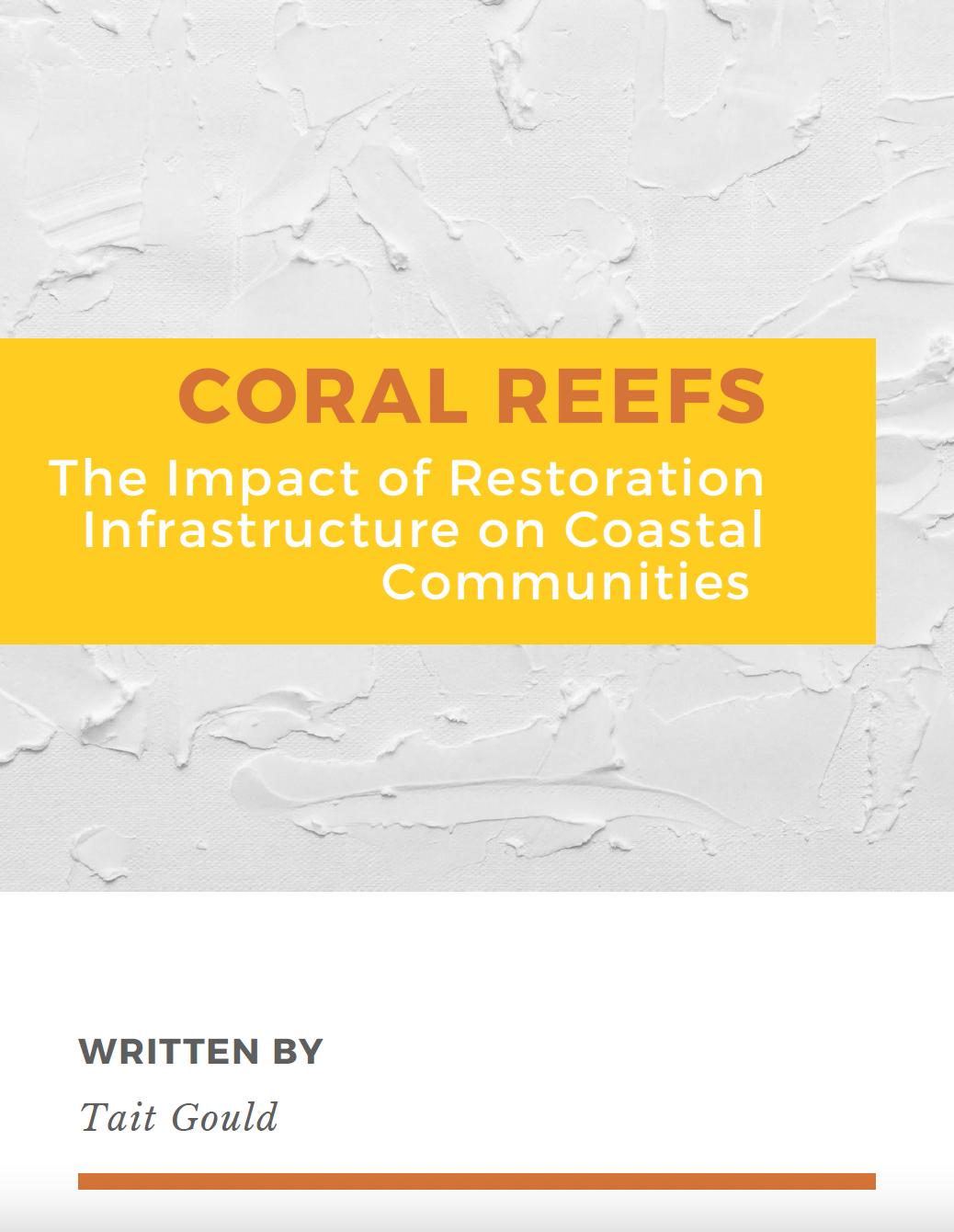
Coral Reefs: The Impact of Resotation Infrastructure on Coastal Communities
Coastal communities are highly impacted by climate change, infrastructure and social policies implemented to protect coral reefs. This is explored through academic readings and a case study in Guam.
-
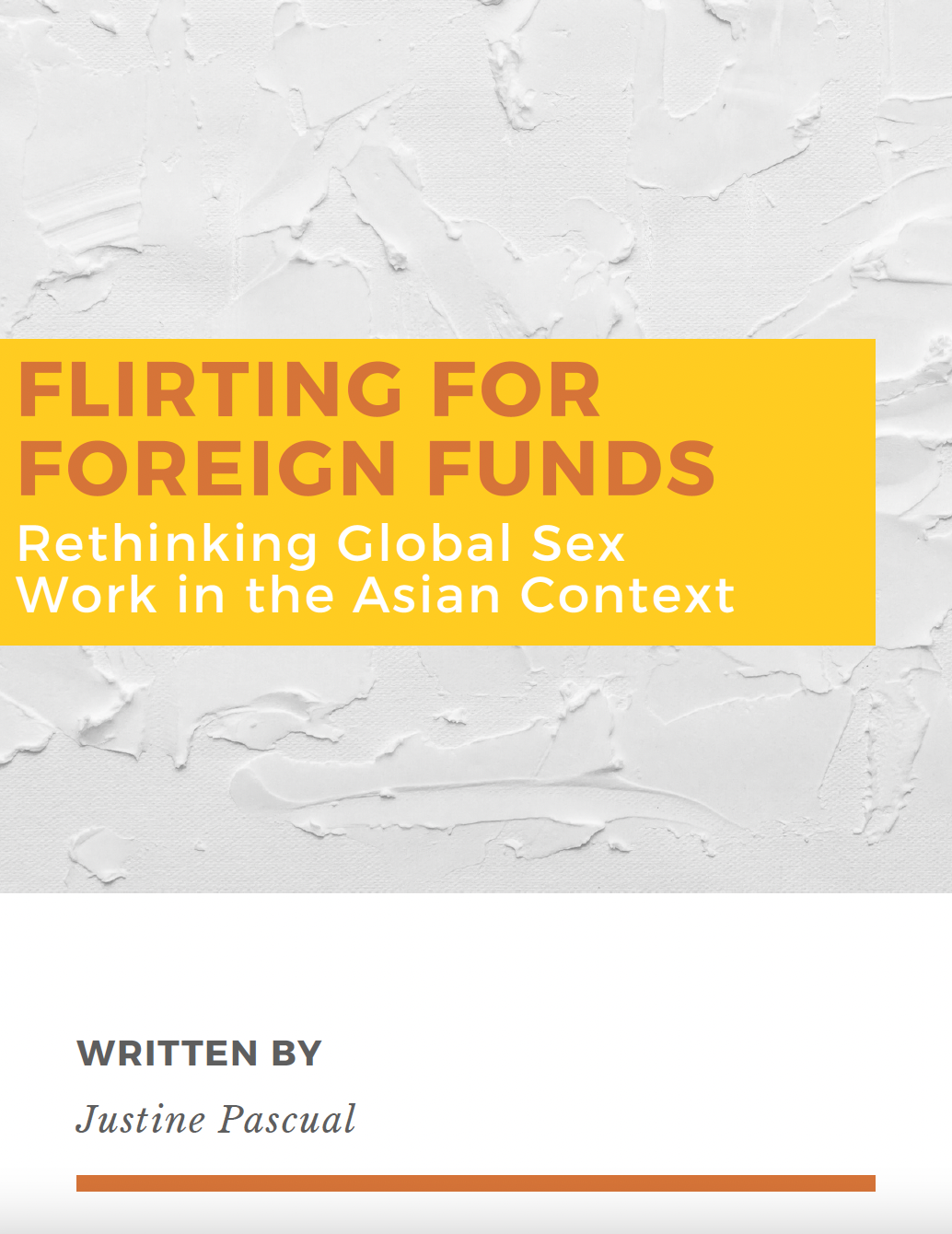
Flirting for Foreign Funds: Rethinking Global Sex Work in the Asian Context
By analyzing llicit Flirtations: Labor, Migration, and Sex-Trafficking in Tokyo by Rhacel Salazar Parreñas and Dealing in Desire: Asian Ascendancy, Western Decline, and the Hidden Currencies of Global Sex Work by Kimberly Kay Hoang, this paper urges readers to challenge their current understanding of global sex work.
-

The Benefits of Agenda 21
This paper analyzes the commitments made by the United Nations through Agenda 21. It covers five crucial steps that the government and other organizations alike, must follow in order to achieve environmental sustainability. Along with this, it shows the struggles different countries face worldwide and their approach to tackle their environmental flaws.
Blog Posts
-
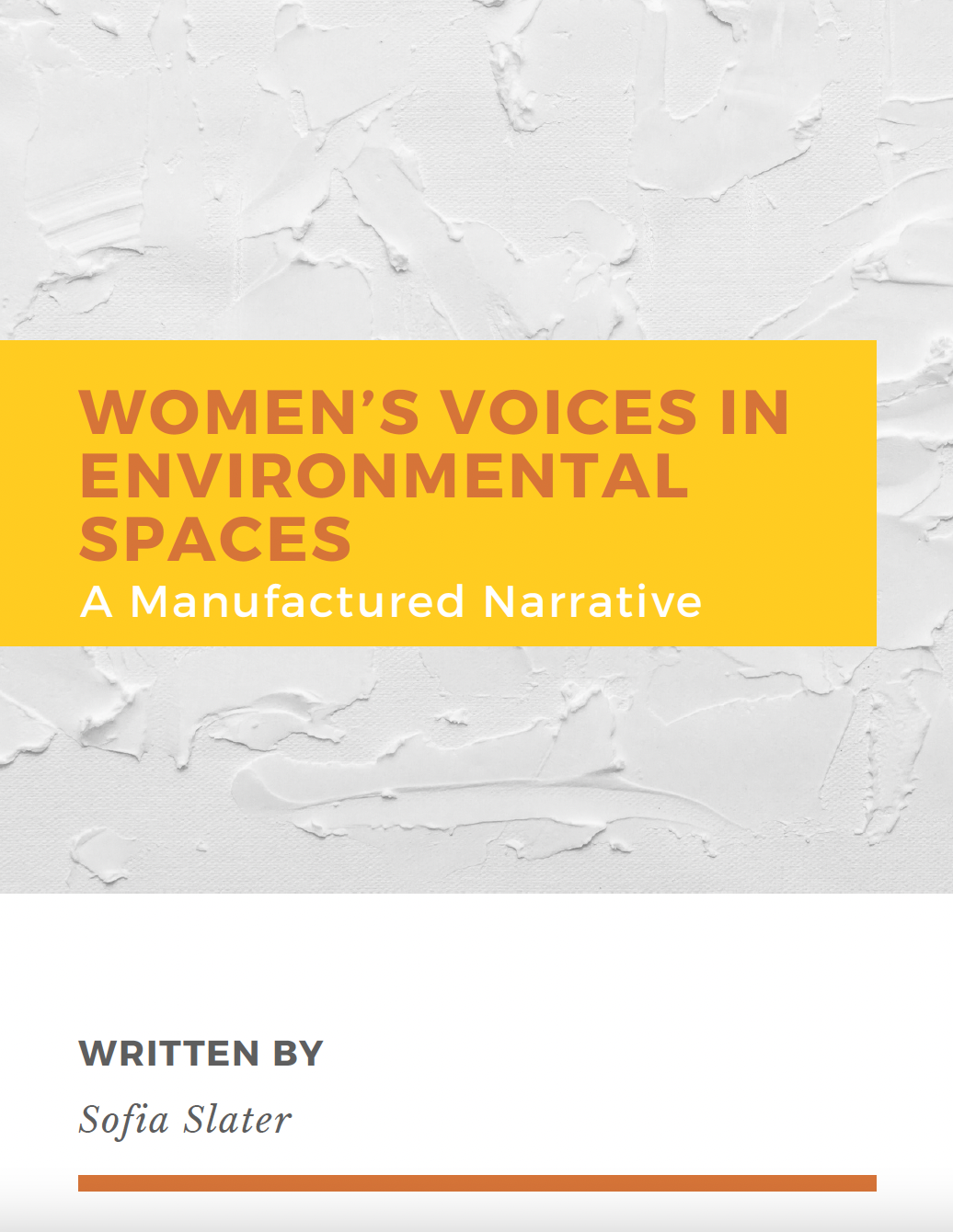
Women’s Voices in Environmental Spaces: A Manufactured Narrative
This piece discusses how history has shaped the Global North’s perceptions of women within environmental movements and what is deemed an acceptable environmentalist by Western society. It also explores some of the challenges faced by racialized women within environmental spaces today.
Creative Connexion
The images included in this publication may not be downloaded, reproduced or used without the artist’s permission.
-
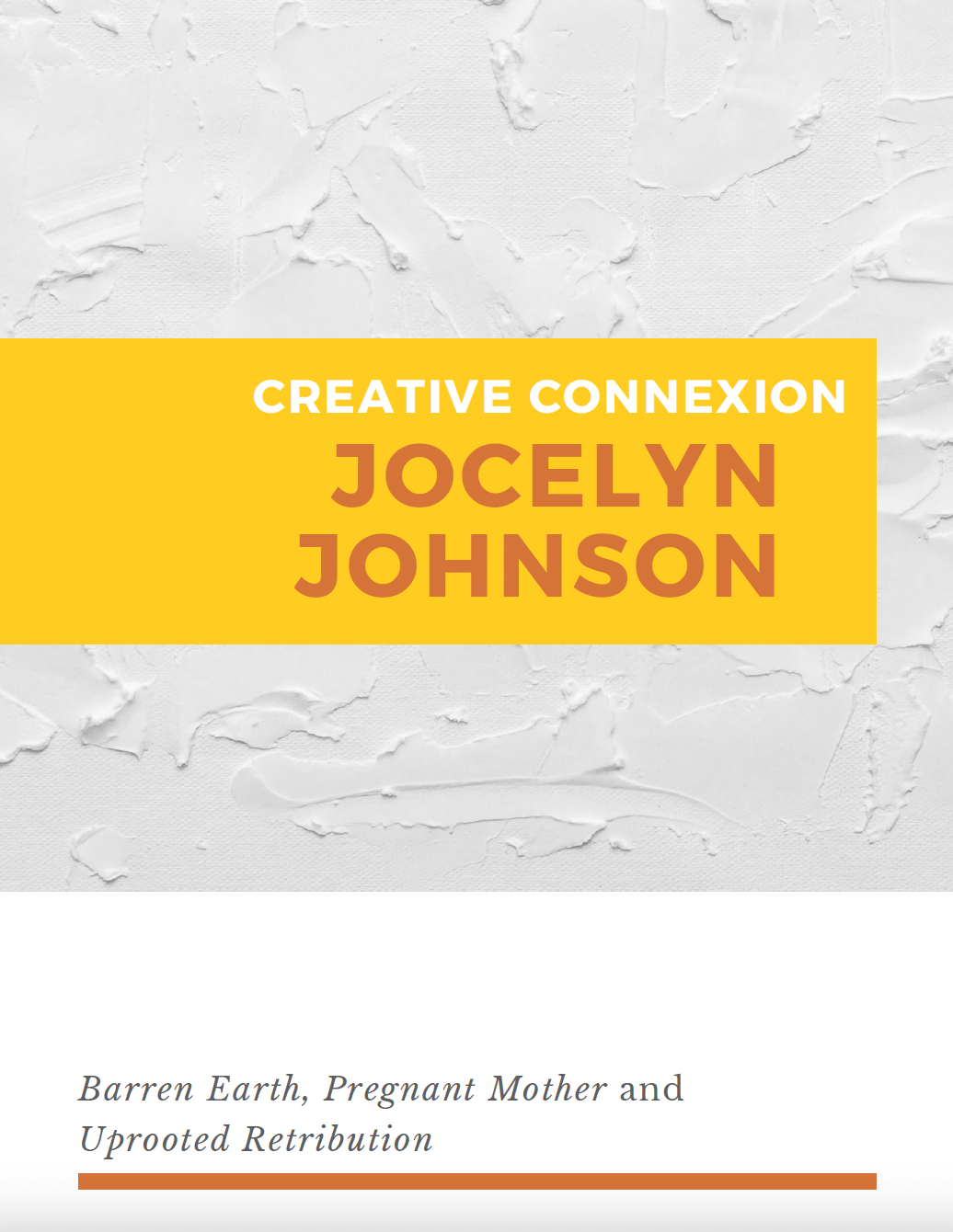
Uprooted Retribution and Barren Earth, Pregnant Mother
Jocelyn’s work depicts how Mother Earth would react to the arrogance and cruelty of human greed. It incorporates themes of extraction and exploitation, with the first painting depicting Mother Earth angrily grieving over uprooted trees. The second piece imagines a celestial, divine Mother Earth who plans to rebirth the entire planet. This series aims to critique humanity’s extractive industries and our contribution to climate change, with an emphasis on clear cutting.
-
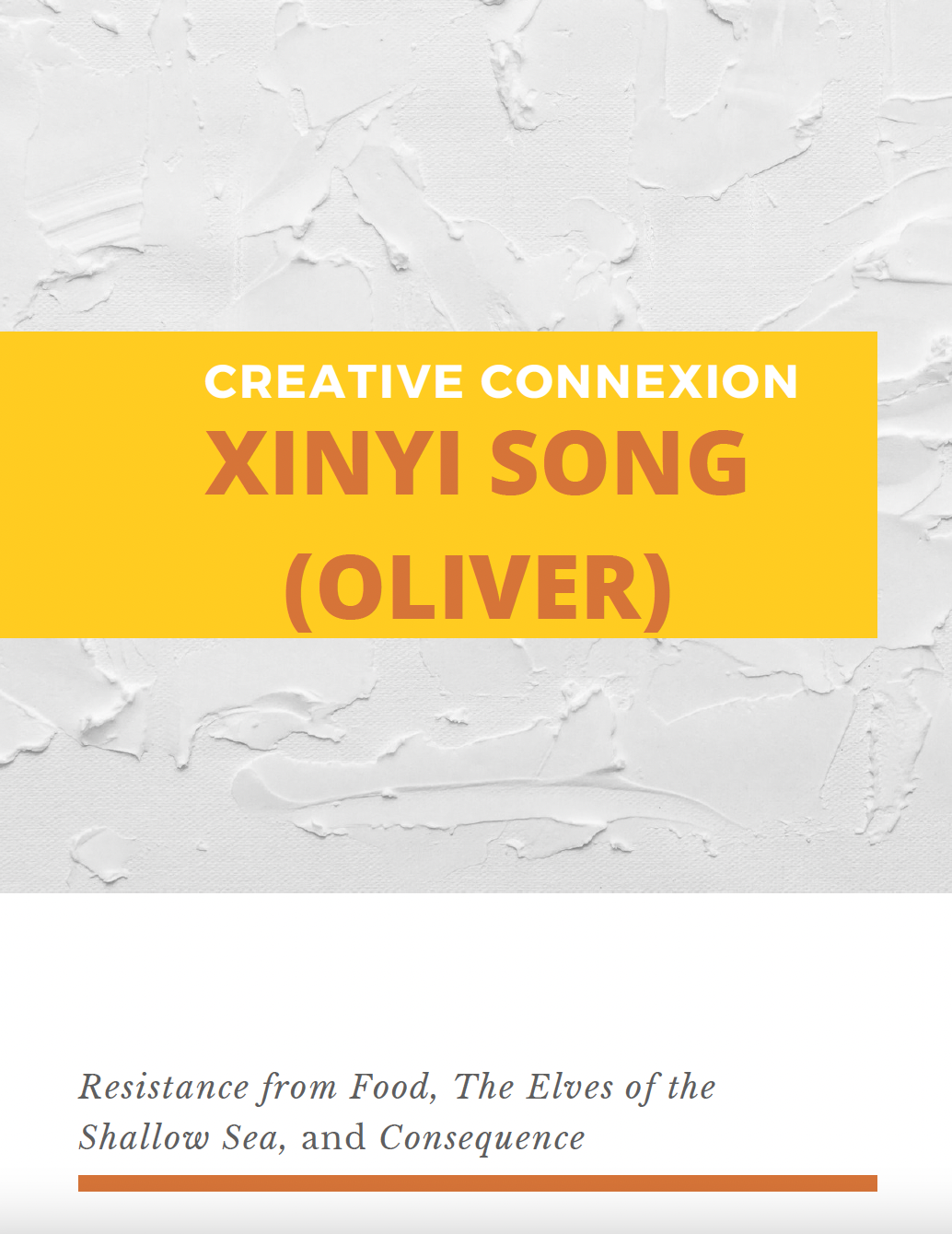
Resistance from Food, The Elves of the Shallow Sea, and Consequence
Oliver’s series consists of three paintings, Resistance from Food, The Elves of the Shallow Sea, and Consequence. All three pieces examine the interactions between climate change and animals, taking inspiration from current events, including overfishing and irresponsible disposal of waste.
-
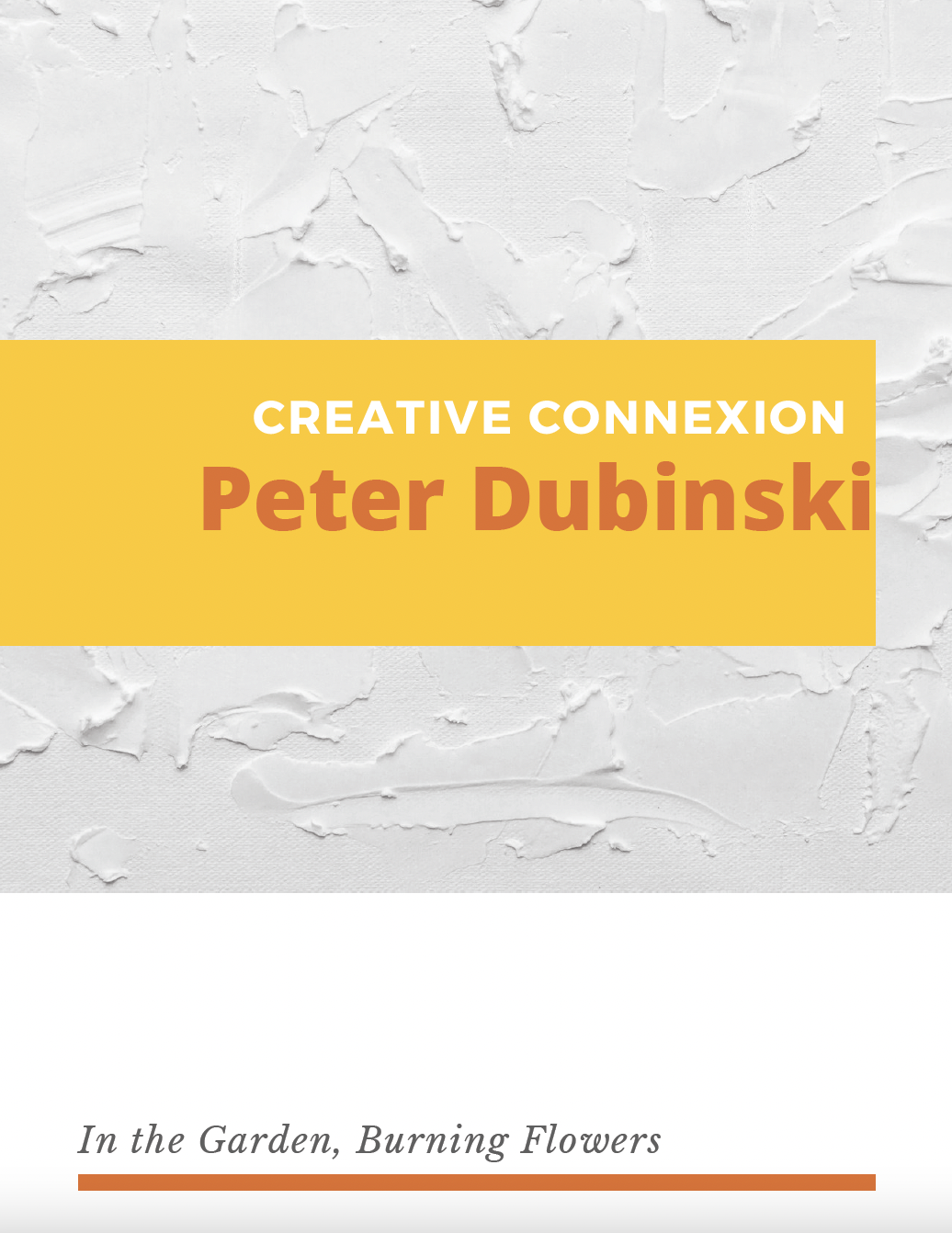
In The Garden, Burning Flowers
In The Garden Burning Flowers is a book-based photo project that thinks about vulnerability, hope, animals, mortality, and the fragility of truth. Made after dark among the woods and rivers of Ontario and Quebec, the work consists of black and white photographs rendered in a flash-documentary style, driven by an interest in the sensation of the familiar crossing into the strange, Peter’s work considers how photography personifies the non-human and symbolizes those he is closest to. The series explores how our human presence is at once estranged and benevolent, adrift in our need of again learning to coexist.
-
